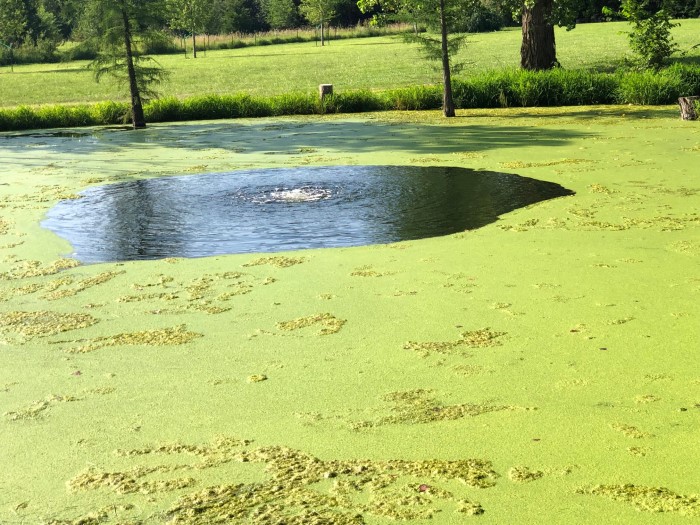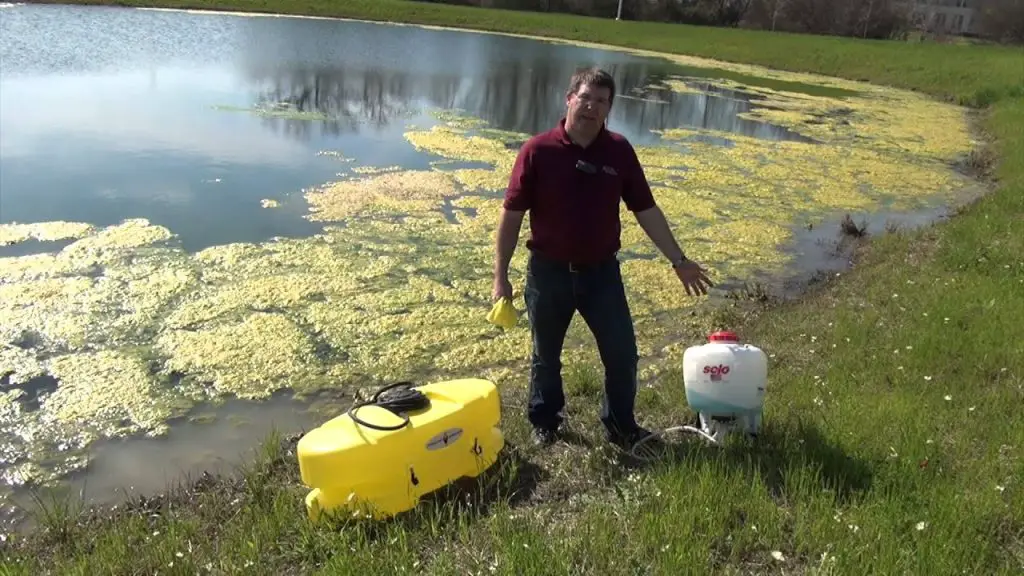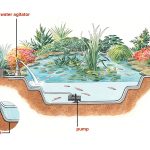Having a pond in your backyard can be a beautiful addition to your outdoor space. However, one common issue that pond owners face is the growth of moss. Moss can quickly take over a pond, making it look unkempt and affecting the overall health of the water. In this article, we will discuss some effective ways to remove moss from a pond and restore its beauty.
1. Manual Removal
One of the simplest ways to remove moss from a pond is through manual removal. You can use a rake or a pond skimmer to physically remove the moss from the surface of the water. This method is effective for small ponds or areas with concentrated moss growth. Be sure to dispose of the removed moss properly to prevent it from regrowing in the pond.
2. Beneficial Bacteria
Introducing beneficial bacteria to your pond can help control moss growth. These bacteria feed on the nutrients that moss needs to thrive, effectively reducing its presence in the water. Beneficial bacteria are safe for fish and other aquatic life in the pond and can help maintain a healthy ecosystem.
3. Pond Aeration
Pond aeration is another effective way to combat moss growth. By increasing the oxygen levels in the water, pond aeration promotes the growth of beneficial bacteria while inhibiting the growth of moss and other unwanted plants. Aeration also helps improve water circulation and prevent stagnant areas where moss tends to accumulate.

Credit: www.youtube.com
4. Use of Algaecides
If manual removal and natural methods are not effective, you can consider using algaecides to treat moss in your pond. Algaecides are chemical treatments that can kill moss and other algae in the water. However, it is important to use algaecides carefully and according to the manufacturer’s instructions to avoid harming fish and other aquatic life.
5. Shade Control
Moss thrives in shaded areas where sunlight is limited. To prevent moss growth in your pond, consider trimming back overhanging trees or plants that cast shade over the water. Allowing more sunlight to reach the pond can help inhibit moss growth and promote the growth of beneficial aquatic plants.
6. Regular Maintenance
Consistent maintenance is key to preventing moss from taking over your pond. Regularly remove debris such as leaves and twigs from the water, as these can contribute to the nutrient levels that promote moss growth. Keeping the pond clean and well-maintained can help prevent moss from becoming a problem in the first place.

Credit: www.sedgwick.k-state.edu
7. Natural Predators
Introducing natural predators such as fish or snails to your pond can help control moss growth. Certain species of fish, such as koi and goldfish, feed on algae and moss, keeping their populations in check. Snails are also effective at consuming algae and moss, helping to maintain a balanced ecosystem in the pond.
8. UV Clarifiers
UV clarifiers are devices that use ultraviolet light to kill algae and moss in the water. By passing the water through a UV clarifier, algae cells are destroyed, preventing them from reproducing and causing issues in the pond. UV clarifiers are safe for fish and plants and can help keep your pond clear of moss and other unwanted growth.
Conclusion
Removing moss from a pond requires a combination of manual efforts, natural methods, and, in some cases, chemical treatments. By following the tips mentioned in this article and staying proactive in maintaining your pond, you can effectively control moss growth and keep your pond looking beautiful and healthy. Remember to always consider the well-being of fish and other aquatic life when choosing a method to remove moss from your pond.





